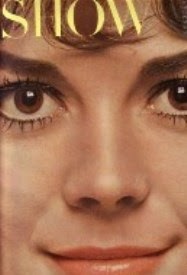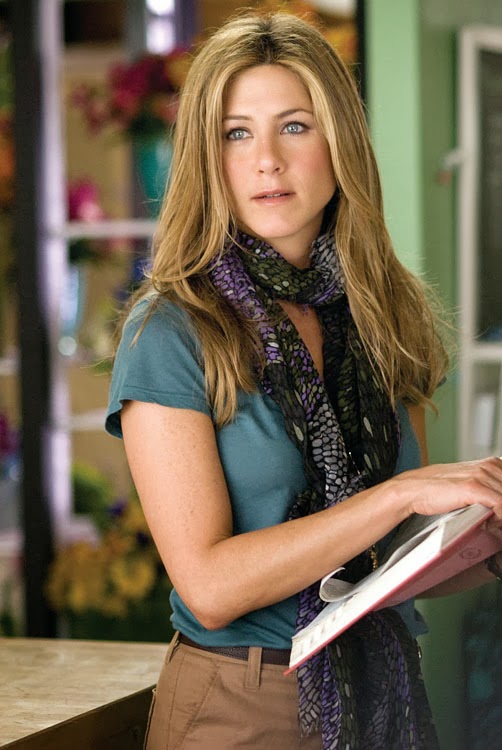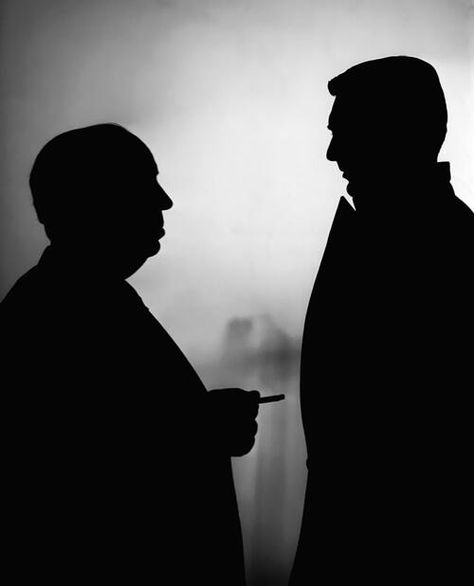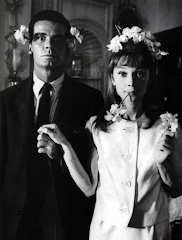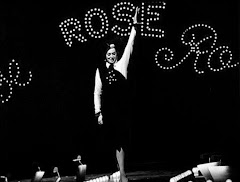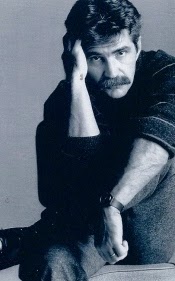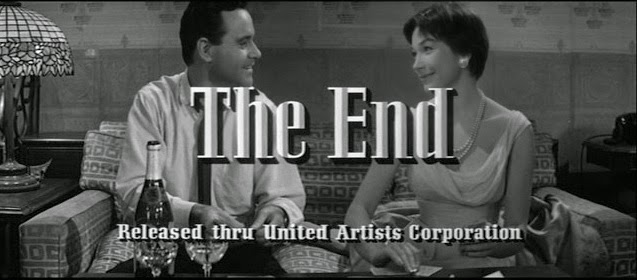
She's with Richard now. Her beloved Richard.
And with Mike and Monty and Roddy and Rock and Jimmy.
Elizabeth Taylor, second only to Mickey Rooney in terms of having the capacity to hang around seemingly
forever, has had her final fade-out. The End. But she's left us with a wealth of films and a score of memories of someone who was not just a bona fide Renaissance woman, but a woman for all seasons - a reason to cuddle up with on a long, lazy summer night at an outdoor screening or on a long, chilly wintry night in front of a TV glowing with one of her movies.
She made her film debut at the wee age of 10 - in Harold Young's "There's One Born Every Minute" of 1942 - and for the past 70 or so years, some of us have watched her grow, grow up, carouse, suffer and survive. She seemed to have one hell of a good time, and we all shared in it vicariously, because Elizabeth Taylor was probably the most public - and, reportedly, generous - person we've ever known.
Close to being "family."
Elizabeth Taylor was - is - The Last Movie Star, certainly the last representative of the Golden Age of Movies. In her, we saw a blend of the theatrical and the real (she was never outright
artificial), which I think is the essence of stardom. Taylor remained glamorous and larger than life, even at a time when those qualities were either denigrated or turned into something camp. She was the last remaining goddess in a godless age.
Taylor, in addition to her rapturous beauty and spunk, had a penchant for acting out our fantasies, a time-honored tradition in movies.
She had been a powerful presence on screen in something like 50 movies. In life, she was critiqued, analyzed by the press and deified by fans. There have been in-depth magazine articles, a few books and, predictably, an attempt (albeit aborted) to do a televison movie on her life.
The fact is, however - and this is the reason for her enduring box-office appeal - her life's tale has been told already, time and time again, via several thousand miles of celluloid, in everything frrm Fred M. Wilcox's "Lassie Come Home" (1943), her first major role, to Harold Prince's "A Little Night Music" (1978), a movie and role (as Desiree Armfeldt) that probably captured the Taylor temperament and charm better than any others. "Night Music" is
her story - only told in song.
Courtesy of Stephen Sondheim.
When she sings Sondheim's "Send in the Clowns" in her tiny, tentative voice, it just sounds right. That little girl's voice somehow redefined the weary maturity of the song, making it more poignant.

Growing up with Elizabeth Taylor, from "Lassie" to "Night Music," we've been able to see her through several incarnations. We've seen that "grown-up" child's face give way to the face of a sensualist (with never an "awkward period" in-between), commanding our attention with haughty violet eyes that were like jewels. (God - those eyes glorious, shining eyes have been dimmed!) Only the snippiness of her little girl's voice remained the same, the one link between little Velvet Brown in "National Velvet" (1944), arguably her greatest movie role, and wanton Gloria Wandrous in "BUtterfield 8" (1960), a role and film that the actress thoroughly detested, despite the Oscar it brought her. And she had the confidence to say so.
It's a toss-up, I guess, as to when Elizabeth Taylor was at her most beautiful, looking every inch Hollywood royalty. I, for one, find it impossible to watch "National Velvet," a rare family film about passion and obsession, without losing myself to that painfully beautiful face, which was already the face of an adult. And she was only 12.

Elizabeth Taylor's career was clearly divided into three parts, starting with her MGM period, during which she was largely wasted. Her resources weren't really tapped until 1951, when MGM loaned her to Paramount for George Stevens' "A Place in the Sun" and her power wasn't evident until 1956 when she was loaned out again to Stevens and Warner Bros. for "Giant."
She remained artistically in control of those resources and power until 1967, the year of Franco Zeffirelli's "The Taming of the Shrew" and John Huston's "Reflections in a Golden Eye." Thereafter, her career went downhill with only a few features, mostly lackluster, and TV appearances.
But there have been roles to savor...

Kay Banks, the young bride in Vincente Minnelli's "Father of the Bride" (1950) and Angela Vickers, the debutante she played in "A Place in the Sun" are women of that great combination - good breeding and accessibility. In "Giant," she played the mature, liberated family woman, a role that Taylor socked across by dint of her own feisty personality. She imbues Edna Ferber's heroine, Leslie Lynnton Benedict,
with a soft facade and a core of steel. She voices a need for self-expression, fulfillment and assertion that were rare for a woman in films in the 1950s.

She, of course, played Tennessee Williams' Maggie the Cat in Richard Brooks' "Cat on a Hot Tin Roof" (1958). Maggie the Cat, indeed - as a child, her nickname was Kitten. But she is even better in another film version of a Williams play, Joseph Mankiewicz's "Suddenly, Last Summer" (1960), in which she perfectly limns the psychic trauma of a woman, Catherine Holly, whose haunted memories of rejection have left her mentally maimed, confused and suicidal. Her gestures as Catherine are exact.
Taylor with Len Cariou in "A Little Night Music"
Taylor was joined by her dear "Place in the Sun" co-star, Montgomery Clift, in "Suddenly, Last Summer" and they also starred together in Edward Dmytryk's epic, "Raintree County" (1957). At that point in their respective careers, both had graduated to playing out emotional masochism. And Taylor was joined by yet another illustrious screen masochist, Marlon Brando, in Huston's perversely fascinating "Reflections in a Golden Eye" ('67) in which she played a character with the nifty name, Lenora Penderton.

In perhaps her most controversial movie, Mike Nichols' screen version of Edward Albee's "Who's Afraid of Virginia Woolf?" (1966), Taylor essayed the role of Martha, an emotionally upset dishrag who manges to muster up a little self-esteem by the end of the movie. With this film, she illustrated her prowess. Only great actresses have that special gift of making a character's interior life utterly transparent. With Martha, we see right through Taylor's eyes (not violet but gray in this black-&-white film), read between the lines and see the woman inside the rampaging harpy.
Taylor's powerful performance in "Virginia Woolf," arguably her
best performance, ironically brought her to a dead end, career-wise. Her following appearances on screen (big and small) became more infrequent and less challenging. But some
were playful.
Among my many secret guilty pleasures, for example, is her game characterization in a lost Peter Ustinov movie, "Hammersmith Is Out" (1972). In this fractured Faustian comedy, Taylor slithers through the role of hash-slinger Jimmie Jean Jackson as if she were slumming and having the time of her life. She was a good sport. And who could help but be amused by the big-league bitchiness she brought to her guest appearances in those "General Hospital" episodes decades ago?

GH should really interrupt its schedule and re-air those episodes.
Taylor as Jimmy Jean Jackson
Taylor was nominated for an Academy Award as best actress for four consecutive years - in 1957 for "Raintree County," in 1958 for "Cat on a Hot Tin Roof," in 1959 for "Suddenly, Last Summer," and in 1960 for "BUtterfield Eight," which finally won her one. Her second Oscar, of course, came in 1966 for "Who's Afraid of Virginia Woolf?" Unfortunately, however, she worked for an industry much more interested in the marketing of notoriety than of talent, and so a lot of her screen work has been eclipsed by her media adventures, specifically by her eight marriages to seven men - to Nicky Hilton, Michael Wilding, Mike Todd, Eddie Fisher, Richard Burton, Richard Burton (she married him twice), John Warner and Larry Fortensky.
As it turned out, for most of her life, Elizabeth Taylor, the screen actress, has been upstaged by Elizabeth Taylor Hilton Wilding Todd Fisher Burton Burton Warner Fortensky, the ultimate celebrity. This had a tremendous effect on her screen work - both in how she worked and the way she was preceived. She lost credibility rather quickly, undeservedly so, and one can only look at those early performances, at Velvet Brown and Angela Vickers, and wonder how Elizabeth Taylor might have developed as an actress if she hadn't been so celebrated as a Star.
Velvet Brown. Kay Banks. Desiree Armfeldt. Jimmie Jean Jackson. Catherine Holly. Maggie the Cat. Gloria Wandrous. Martha.
Elizabeth.
The Last Movie Star.
ELIZABETH CAPTURED! (Taylor on celluloid, including TV, cameo, uncredited and documentary appearances):
There's One Born Every Minute (1942)
Lassie Come Home (1943)
Jane Eyre (1944)
White Cliffs of Dover (1944)
National Velvet (1944)
Courage of Lassie (1946)
Cynthia (1947)
Life with Father (1947)
A Date with Judy (1948)
Julie Misbehaves (1948)
Little Women (1949)
Conspirator (1949)
The Big Hangover (1950)
Father of the Bride (1950)
A Place in the Sun (1951)
Father's Little Dividend (1951)
Quo Vadis (1951)
Love Is Better Than Ever (1952)
Ivanhoe (1952)
The Girl Who Had Everything (1953)
Rhapsody (1954)
Elephant Walk (1954)
Beau Brummel (1954)
The Last Time I Saw Paris (1954)
Giant (1956)
Raintree County (1957)
Cat on a Hot Tin Roof (1958)
Suddenly, Last Summer (1959)
BUtterfield 8 (1960)
Scent of Mystery (1960)
Cleopatra (1963)
The V.I.P.s (1963)
The Sandpiper (1965)
Who's Afraid of Virginia Woolf? (1966)
The Taming of the Shrew (1967)
Reflections in a Golden Eye (1967)
The Comedians (1967)
Doctor Faustus (1968)
Secret Ceremony (1968)
Boom! (1968)
Anne of the Thousand Days (1969)
The Only Game in Town (1970)
Under Milk Wood (1971)
X, Y and Zee (1972)
Hammersmith Is Out (1972)
Divorce His; Divorce Hers (1972)
Night Watch (1973)
Ash Wednesday (1973)
The Driver's Seat (1973)
That's Entertainment! (1974)
The Blue Bird (1976)
Victory at Entebbe (1976)
A Little Night Music (1978)
Winter Kills (1978)
The Mirror Crack'd (1980)
General Hospital (1981)
Genocide (1981)
Between Friends (1983)
All My Children (1984)
Hotel (1984, TV-series version)
George Stevens: A Filmmaker's Journey (1985)
North & South (1985)
Poker Alice (1986)
There Must Be a Pony (1986)
Malice in Wonderland (1988)
Young Toscanini (1988)
Sweet Bird of Youth (1989)
The Simpsons (1992)
The Flintstones (1994)
God, the Devil and Bob (2001)
These Old Broads (2001)
Note in Passing: Turner Classic Movies has set aside Sunday and Monday, 10-11 April for a memorial tribute to Elizabeth Taylor, screening the following titles (all times Eastern):
6 a.m. –
Lassie Come Home (1943)
7:30 a.m. –
National Velvet (1944)
10 a.m. –
Conspirator (1952)
11:30 a.m. –
Father of the Bride (1950)
1:15 a.m. –
Father’s Little Dividend (1951)
2:45 p.m. –
Raintree County (1957)
6 p.m. –
Cat on a Hot Tin Roof (1958)
8 p.m. –
BUtterfield 8 (1960)
10 p.m. –
Who’s Afraid of Virginia Woolf? (1966)
12:30 a.m. –
Giant (1956)
4 a.m. –
Ivanhoe (1952)
















